PROTECT YOUR DNA WITH QUANTUM TECHNOLOGY
Orgo-Life the new way to the future Advertising by Adpathway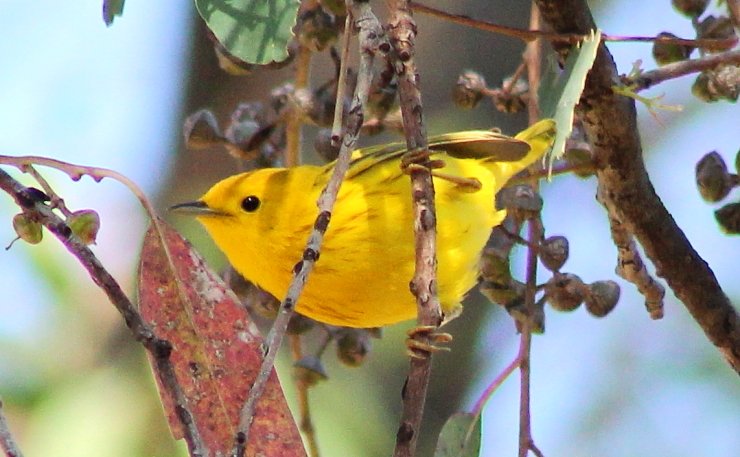
Most Parulidae warblers do not linger long in the lower 48 and head straight for the boreal forests of Canada. American birders spend every spring in migrant traps like High Island, Point Pelee and even Central Park to capture the little jewels in their binoculars’ crosshairs. Why do these birds move so quickly north? Is it because they remember the fate of Bachman’s Warbler? Do they wish for better healthcare?
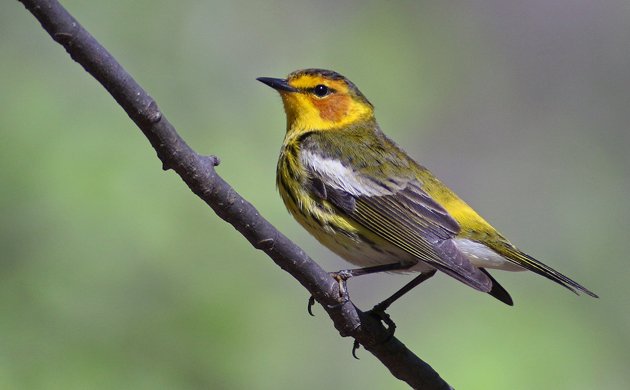
Interestingly, birds on migration commonly have two distinct travel strategies. In autumn they leisurely travel south, following the advice to stop regularly and rest before getting behind the wheel again, sorry, taking wing. In spring it is completely different. No stopping and going as fast north as possible. The reason? Well, the birds are what in common parlance starts with an “H”, but since we are polite and scientific we must call this condition “the breeding imperative”. These little birds want to procreate!
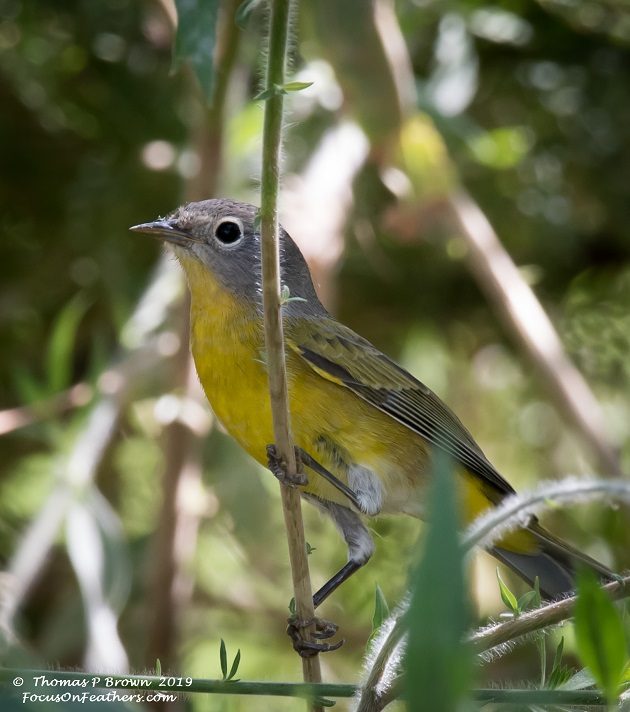
More than 50 species of warbler, each numbering in the millions, all feeding families, will need a lot of bugs. And the northern parts of the Nearctic have bugs, loads of them. Tennessee Warblers go to Canada, Virginia Warblers go to Canada, Cape May Warblers go to Canada, and so forth: all for the insects (OK, they’re not all going to Canada but the northern USA is quite Canada-ish in terms of bugginess). Once the breeding is done, the warblers head south, but they travel more easily since they only have one mouth to feed, their own. Unfortunately for the birders, they have changed their plumage to the duller non-breeding version.
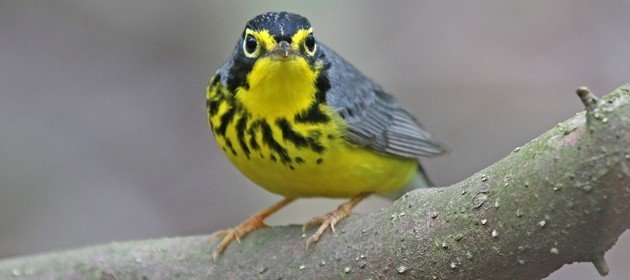
For those of you in the southern hemisphere, exchange north for south and south for north. All photos from the archive.
Written by Peter
Peter Penning is a sustainability management consultant who spends many weeks abroad away from his homes in The Netherlands (work) and Portugal (holidays). Although work distracts him regularly from the observation of birds, he has managed to see a great many species regardless. He firmly believes in the necessity of birders to contribute to conservation. He supports BirdLife in the Netherlands, South Africa and Portugal (SPEA – Sociedade Portuguesa para o Estudo das Aves). Peter sees himself as a great photographer - a vision cruelly conflicting with reality.



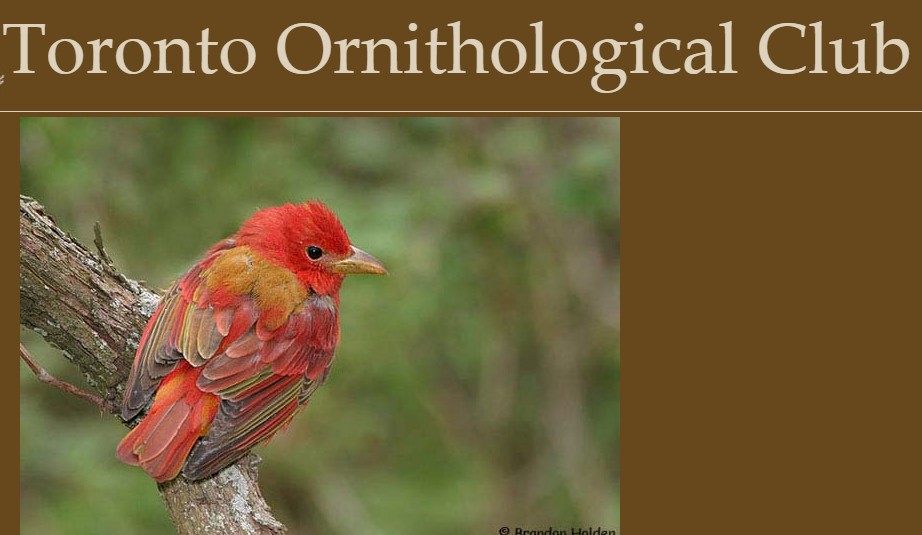
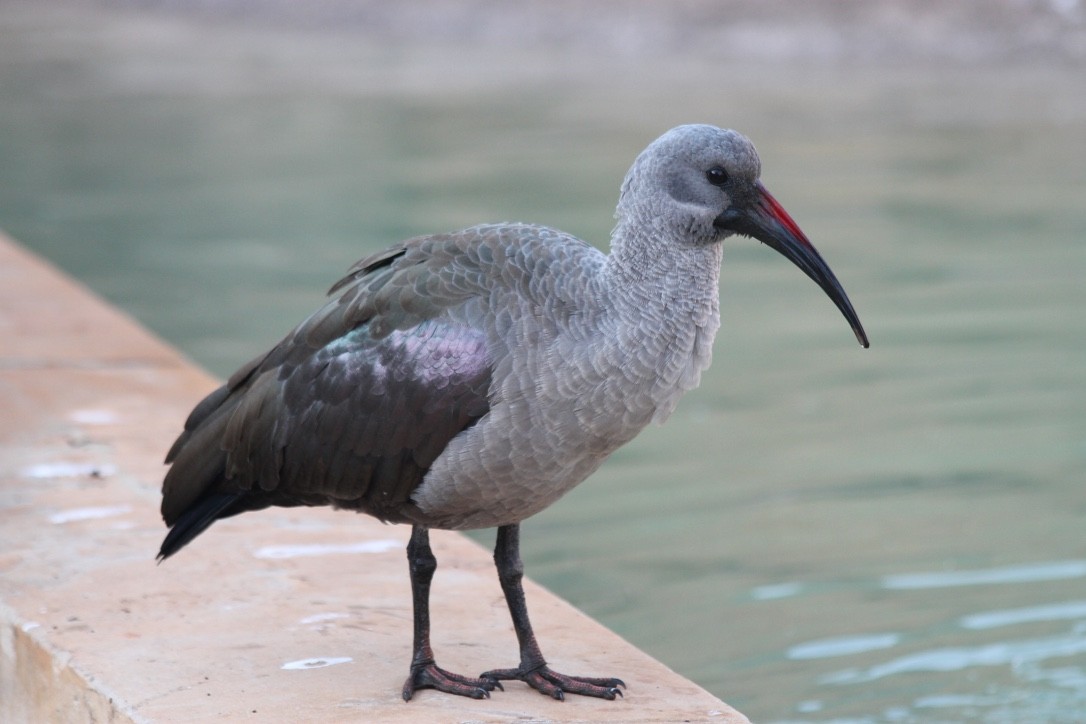


















 English (US) ·
English (US) ·  French (CA) ·
French (CA) ·